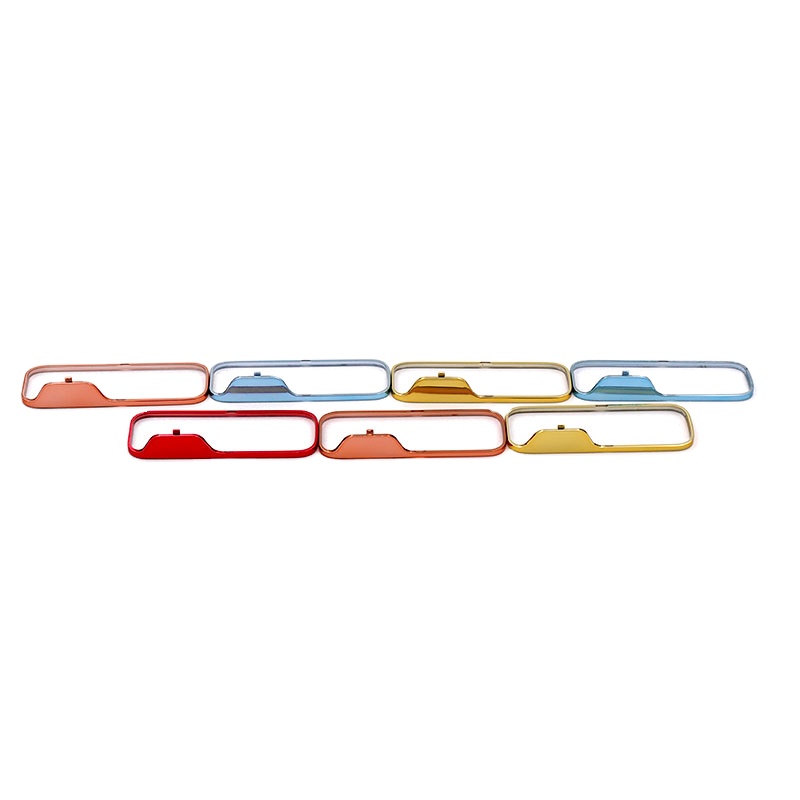Time to read: 6 min

The Science of Weld Line Formation:
Weld lines, also known as knit lines, are the unsightly marks left where two melt fronts meet during the injection molding process. Unlike a seamless merge, these lines indicate a weak point in the part's structure, often around holes or other obstructions.
Factors Contributing to Weld Line Formation:
Several factors can lead to the emergence of weld lines, including:
- Pressure: Insufficient pressure can prevent the melt fronts from fusing properly, resulting in pronounced weld lines.
- Temperature: Inadequate temperatures may lead to premature solidification, creating weld lines as different parts of the melt solidify at varying rates.
- Mold Design: Poorly designed molds with improper wall thickness or gate placement can exacerbate weld line issues.
- Speed: Slow resin flow can result in uneven cooling and the formation of knit lines.
- Impurities: The presence of contaminants in the resin disrupts smooth flow, influencing the weld line formation.
- Excess Mold Release: Overuse of mold release agents can necessitate higher pressures, potentially leading to weld lines if not managed correctly.
Strategies for Weld Line Prevention:
To mitigate the occurrence of weld lines, manufacturers can adopt the following strategies:
- Part Design Alterations: Increasing wall thickness can facilitate pressure transmission and slow down resin cooling, allowing for better fusion. However, care must be taken to avoid excessive thickness that could lead to sink marks.
- Mold Design Enhancements: Enlarging gates and runners, and incorporating vents to eliminate trapped air can significantly reduce the likelihood of weld lines.
- Molding Condition Adjustments: Fine-tuning the injection molding parameters such as temperature, speed, and pressure can help in minimizing or eliminating weld lines.
Conclusion:
Weld lines are a manufacturing defect that should be avoided to ensure both the functionality and appearance of plastic parts. By leveraging expert knowledge and technology, manufacturers can turn this challenge into an opportunity for excellence. Unofactory's injection molding services offer a swift quote turnaround and a commitment to perfection with complimentary DFM and mold flow analyses, ensuring that every detail is meticulously crafted to produce parts free from weld lines.




